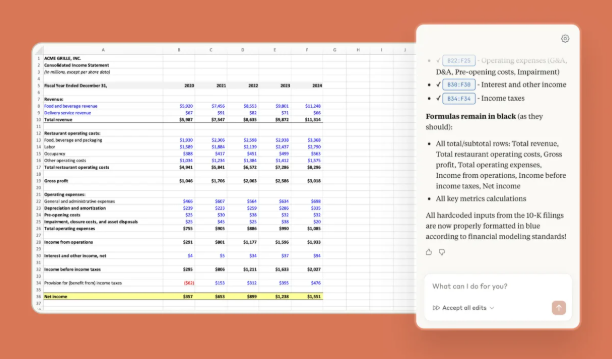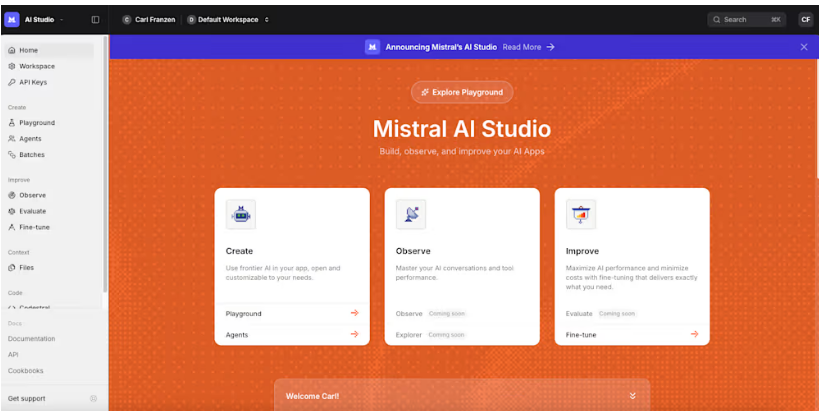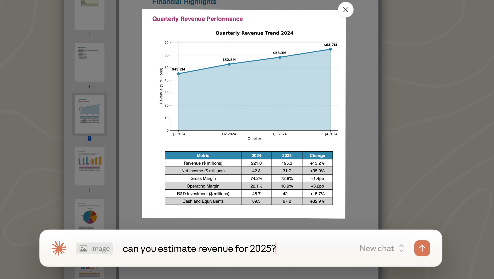In nature, animals communicate through various sounds, from the whistles of dolphins to the rumbles of elephants and the chirps of birds. Each sound carries specific patterns and structures. These subtle sound differences are often difficult for humans to recognize, but the pattern recognition capabilities of artificial intelligence (AI) offer new possibilities for decoding these "wild calls."
Shane Gero, a whale biologist at Carleton University in Canada, has spent 20 years studying how whales communicate. He found that whales from the same family produce specific sounds, and different populations of sperm whales even have their own "dialects." These sounds, particularly the clicks known as "tail sounds," are how whales maintain contact with each other on the water's surface. With the help of AI, researchers can analyze the rhythm and speed of these sounds more quickly, revealing the complex information shared among whales.

Image source note: Image generated by AI, image licensed from service provider Midjourney
Behavioral ecologist Mickey Pardo discovered through AI that wild African elephants have their own "names." Elephants communicate using low-frequency rumbles, and AI models learned the acoustic features of these "calls" and predicted the recipients. This research not only revealed elephants' responses to specific calls but also indicated individual information contained within elephant calls, such as gender, age, and physiological status.
AI has also been used to discover the "true names" of other animals, such as tamarins and elephant seals. These studies not only predicted animal names but also attempted to decode other "vocabularies," such as location terms. These findings are crucial for understanding the social structures and communication patterns of animals.
Olivier Pietquin, the AI research director at the Earth Species Project, is using AI to decode animal communication, particularly among crows. They have created a neural network called Voxaboxen, applied to study the communication of the carrion crow population in northern Spain. These crows coordinate their tasks of caring for young through vocal communication.
Although AI has made progress in decoding animal languages, creating an "animal version of Google Translate" is still far from realization. There is no accepted definition of whether animals can communicate beyond basic levels, that is, whether they possess language structures. Researchers aim not only to converse with wildlife and pets but also to gain a deeper understanding of their thoughts and how they perceive themselves and the world.
Through AI technology, scientists are gaining deeper insights into animal communication patterns, which not only aids in the conservation of endangered species but may also reveal new aspects of animal intelligence and consciousness. As technology advances, we may come closer to understanding animal languages, thereby improving our coexistence with them.
Official website: https://www.nature.com/immersive/d41586-024-04050-5/index.html









